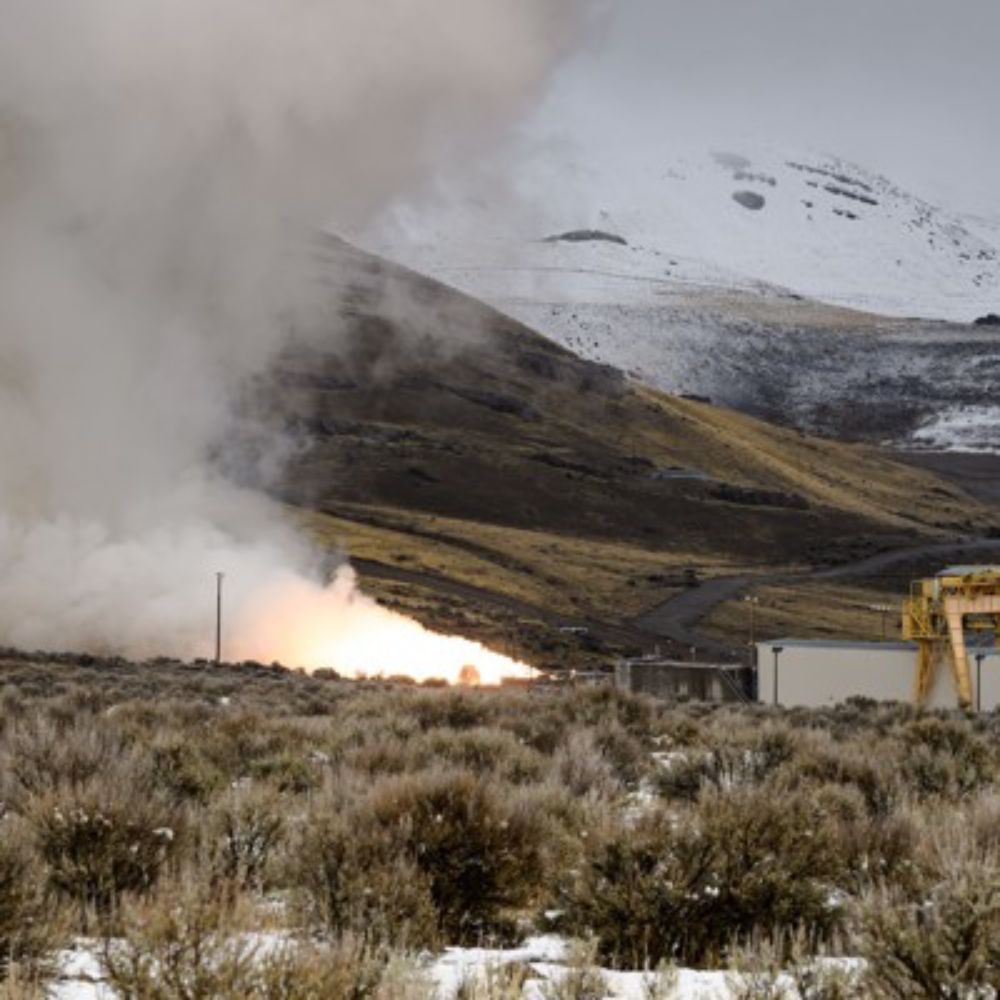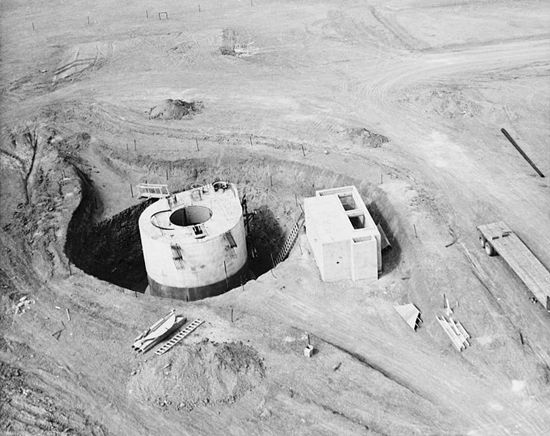- In the latest “surprise” development involving the deeply troubled Sentinel ICBM program—which when we last tuned in was a whopping 81 percent over budget and well behind schedule—the Air Force now says it must build 450 new hardened underground silos instead of reusing existing Minuteman III silos.
- When Sentinel’s requirements were laid out a decade ago, the plan was to put 400 new missiles in existing (but refurbished) silos, as was done with the MX/Peacekeeper ICBM in the 1980s. This would, we were told, save time and money, making Sentinel less expensive than extending Minuteman’s life.
- For what it’s worth, from 1961-64, the Army Corps of Engineers spent $7 billion (in 2025 dollars) building 1,000 silos and 100 launch control centers in Colorado, Missouri, Montana, Nebraska, North Dakota, South Dakota, and Wyoming. USAF would be lucky to build half that number at that cost today.
- For reference, each Minuteman silo is buried 120 feet underground, beneath a 100-ton reinforced concrete door. Each launch control facility (controlling 10 missiles) is 60-120 feet underground. And all are interconnected by thousands of miles of buried, continuously-monitored communications cables.
- Our ICBMs are a Cold War relic, sitting ducks maintained on 24/7 alert (still) which would either have to be launched quickly to avoid destruction or sacrificed to absorb an adversary’s massive first strike (which would blanket much of the United States in dangerously radioactive fallout).
- Didn't the Soviets and then the Russians end up making most of their ICBMs mobile *specifically* because they knew that ICBMs were sitting ducks in their silos, especially given US IRVs' much smaller CEP? At this point I would think that Russian IRVs are at worst at 1980s US CEP, and likely better.
- I'm not an expert on Soviet ICBMs (I defer to @russianforces.org on much of the history), but in general interest in mobile ICBMs arose out of fear that missiles fixed in their silos were becoming increasingly vulnerable to a highly-accurate first strike. BTW, 198 Russian ICBMs (61%) are mobile.May 6, 2025 21:04






